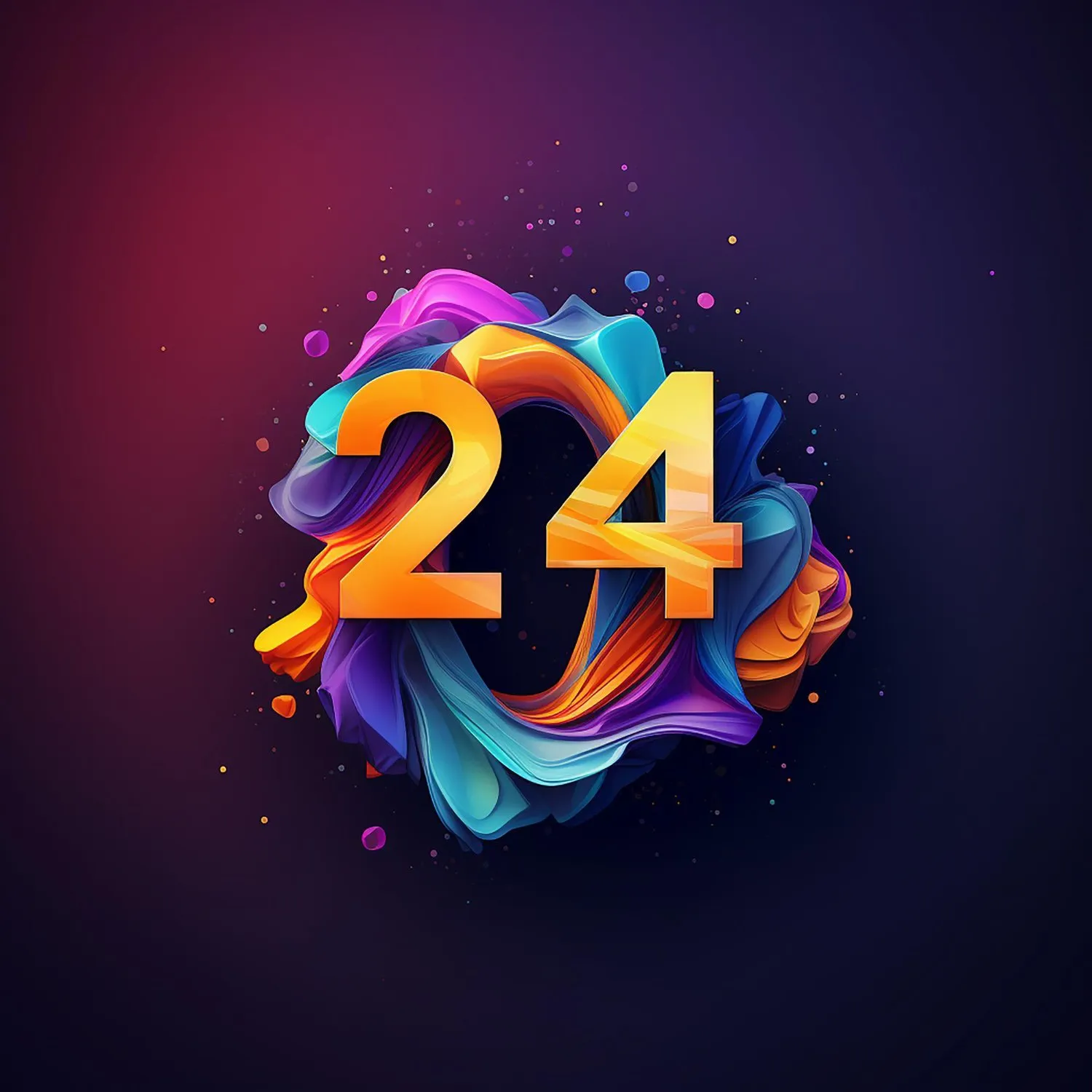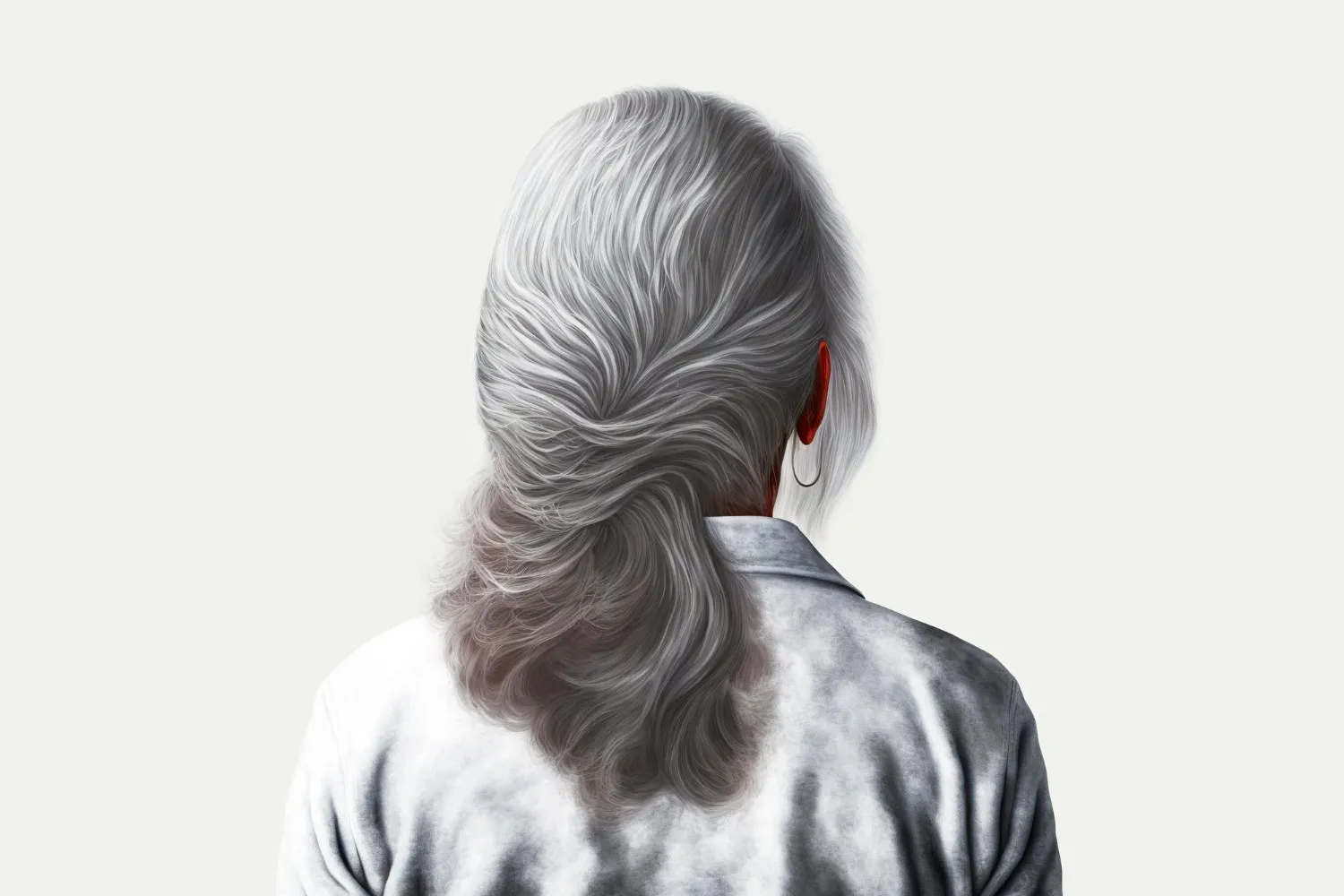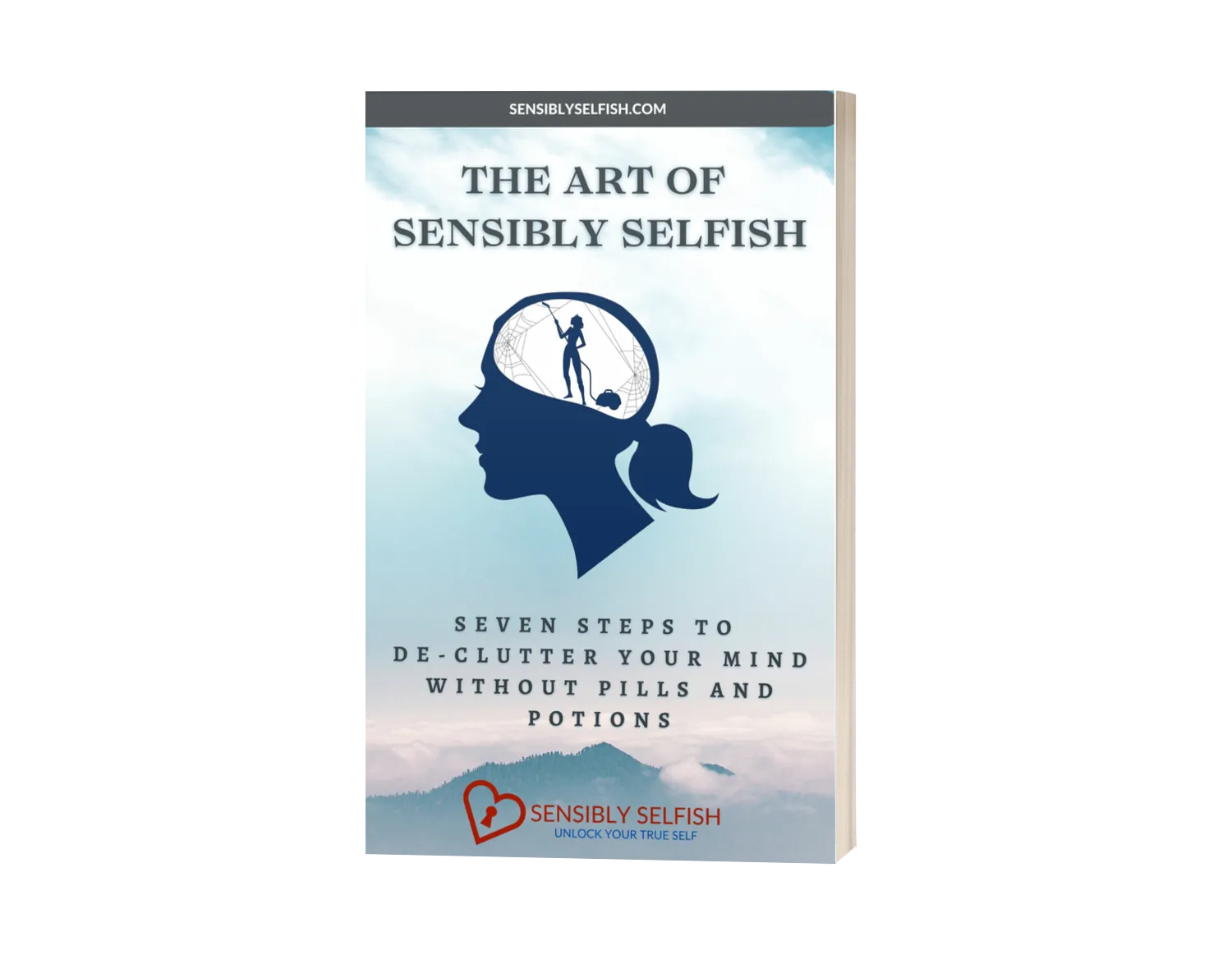Strokes and Thrombosis
What You Need to Know
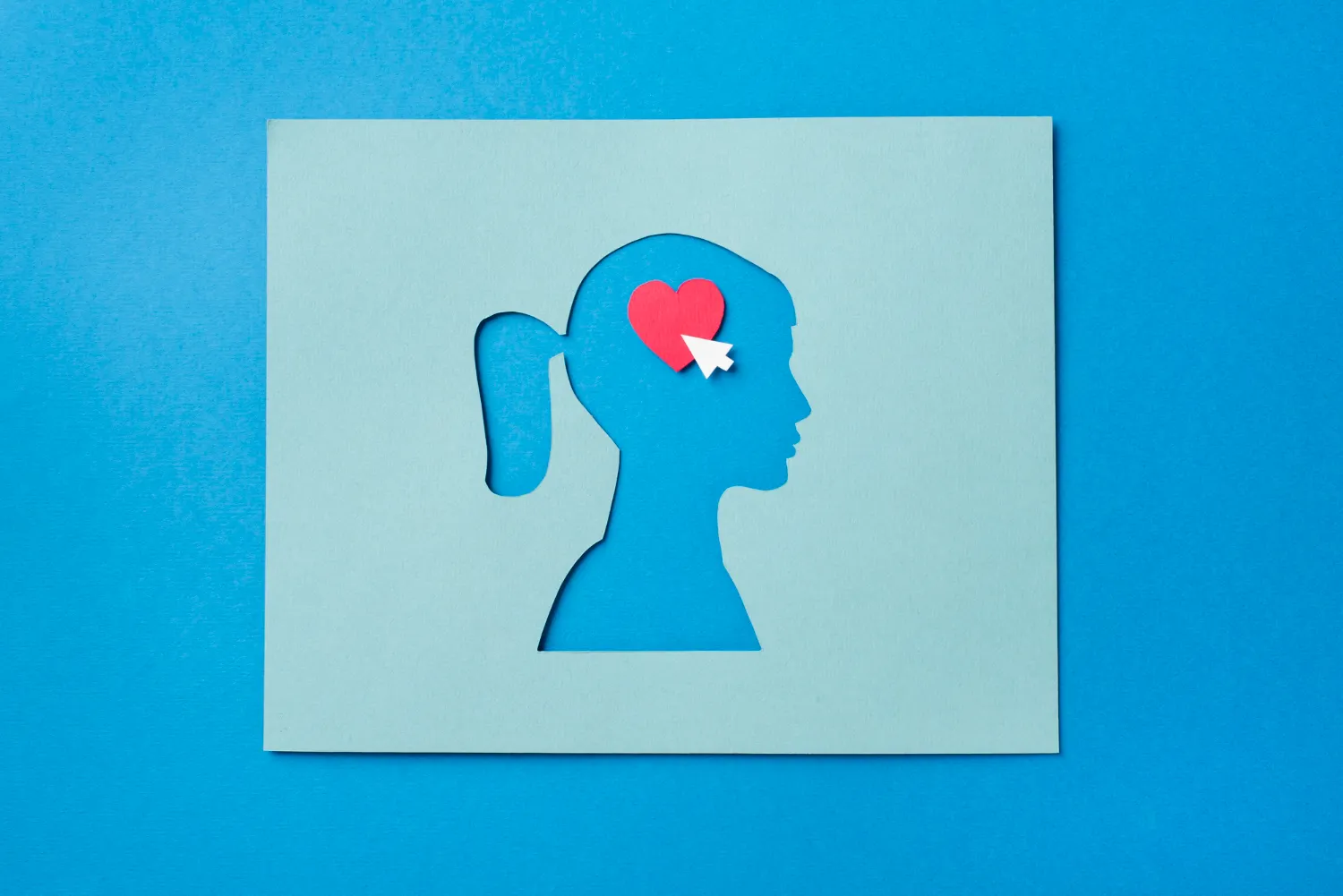
[Toc]
Ask women on the street what is the leading cause of death for females over 45 and most will answer cancer. Yet heart disease, thrombosis, and strokes come higher on the list.
According to the World Thrombosis Website “In the US and Europe, thrombosis-related events kill more people than AIDS, breast cancer, prostate cancer, and motor vehicle crashes combined?”
The risk of suffering a stroke increases with age, the incidence doubling with each decade after the age of 45 years and over 70% of all strokes occur above the age of 65. Of the estimated 795,000 new or recurring strokes that occur in the United States each year, approximately 145, 000 will result in death.
This post will help define the differences between thrombosis and stroke, help you to recognize symptoms, ways to evaluate risk assessment and lifestyle changes to reduce your risk. Please read on.
The Midlife Journey
As we age into midlife and beyond, it's only natural that health concerns take center stage. This phase of life is marked by transitions and transformations. It may also create a heightened awareness of our bodies and the need for vigilance in maintaining our well-being.
Midlife, as it turns out, is a critical juncture when it comes to thrombosis and strokes. Studies show that the risk factors tend to converge during this phase, making it imperative for us to be proactive about our health. This isn't meant to instill fear, but rather to empower us with knowledge and awareness.
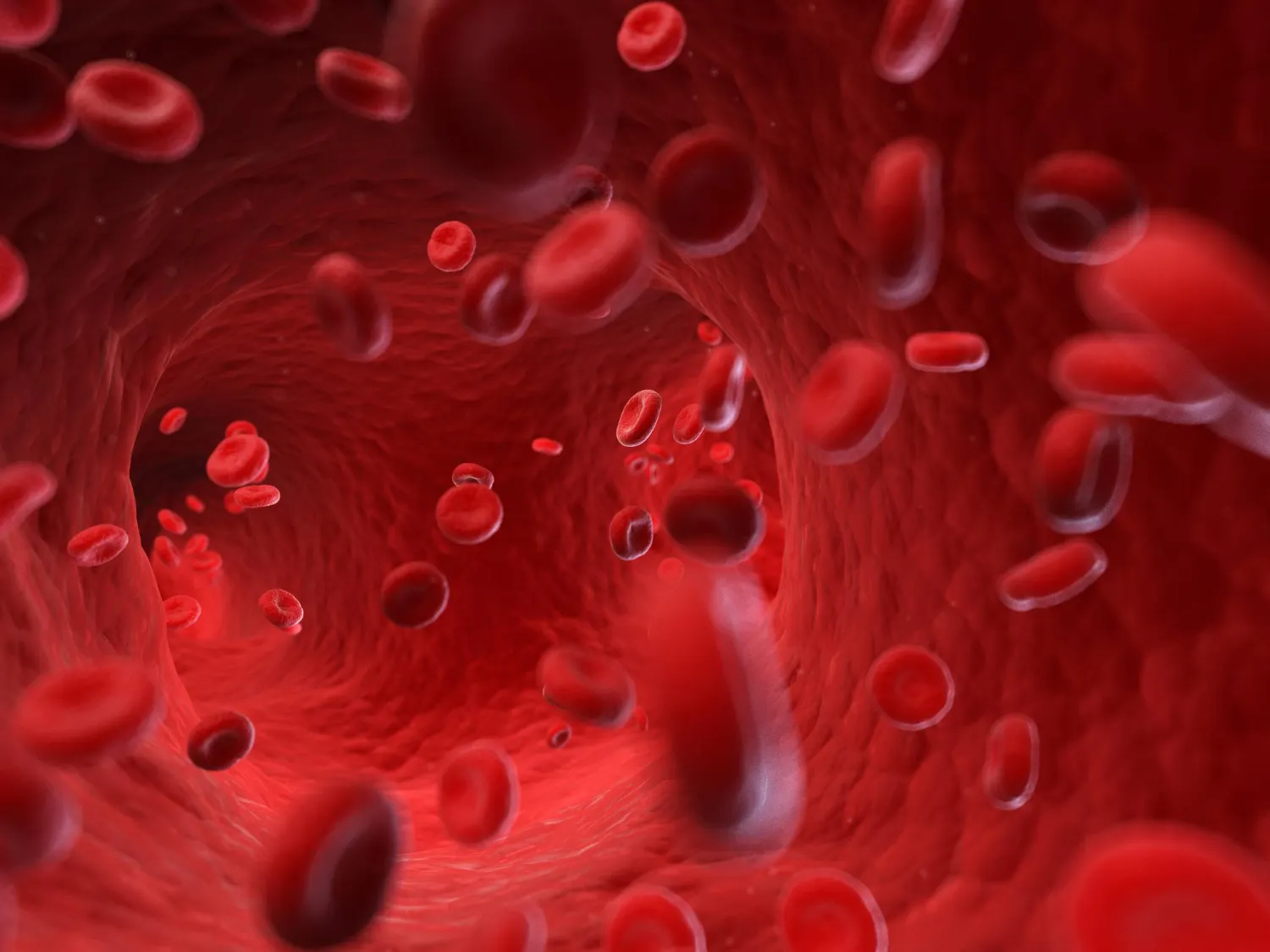
What is Thrombosis?
Thrombosis, in simple terms, is the formation of blood clots within our veins or arteries. It's a condition that deserves our attention, for it can strike unexpectedly, altering the course of our lives.
Types of Thrombosis
Deep Vein Thrombosis (DVT)
DVT occurs when a blood clot forms in one of the deep veins of the body, commonly in the legs. Symptoms may include - Swelling, often in one leg. Pain or tenderness, especially when standing or walking. Warmth and red or discolored skin over the affected area. Swollen veins that are more visible.
Pulmonary Embolism (PE)
PE is a serious condition where a blood clot, often from a DVT, breaks free and travels to the lungs, obstructing blood flow. Symptoms may include - Sudden shortness of breath. Chest pain, especially with deep breaths. Rapid heart rate. Coughing up blood or bloody mucus. Feeling lightheaded or dizzy.
Cerebral Venous Sinus Thrombosis (CVST)
CVST is a rare form of thrombosis where blood clots form in the dural venous sinuses of the brain. Symptoms may include - Severe headaches. Blurred or double vision. Difficulty in speaking or understanding speech. Seizures. Changes in mental state or consciousness.
Superficial Thrombophlebitis
This occurs when a blood clot forms in a superficial vein, usually just below the surface of the skin. Symptoms - Redness and tenderness over the affected vein. Swelling. Warmth and discomfort.

Symptoms Common to Many Types of Thrombosis
Persistent Pain or Discomfort: Thrombosis often brings about persistent pain or discomfort in the affected area.
Swelling and Redness: Due to restricted blood flow, swelling and redness are common signs.
Changes in Skin Color: The skin over the affected area may appear pale, red, or have a bluish tint.
Warmth to the Touch: The area around the clot may feel warmer than the surrounding skin.
Vein Hardening: In some cases, the vein with the clot may feel harder than usual.
It's important to note that these symptoms can vary in intensity, and not everyone with thrombosis will experience all of them. If you suspect you have any form of thrombosis, seek immediate medical attention. Early diagnosis and treatment are crucial for a positive outcome. Remember, this information is not a substitute for professional medical advice, diagnosis, or treatment. Always consult a healthcare provider for any health concerns.
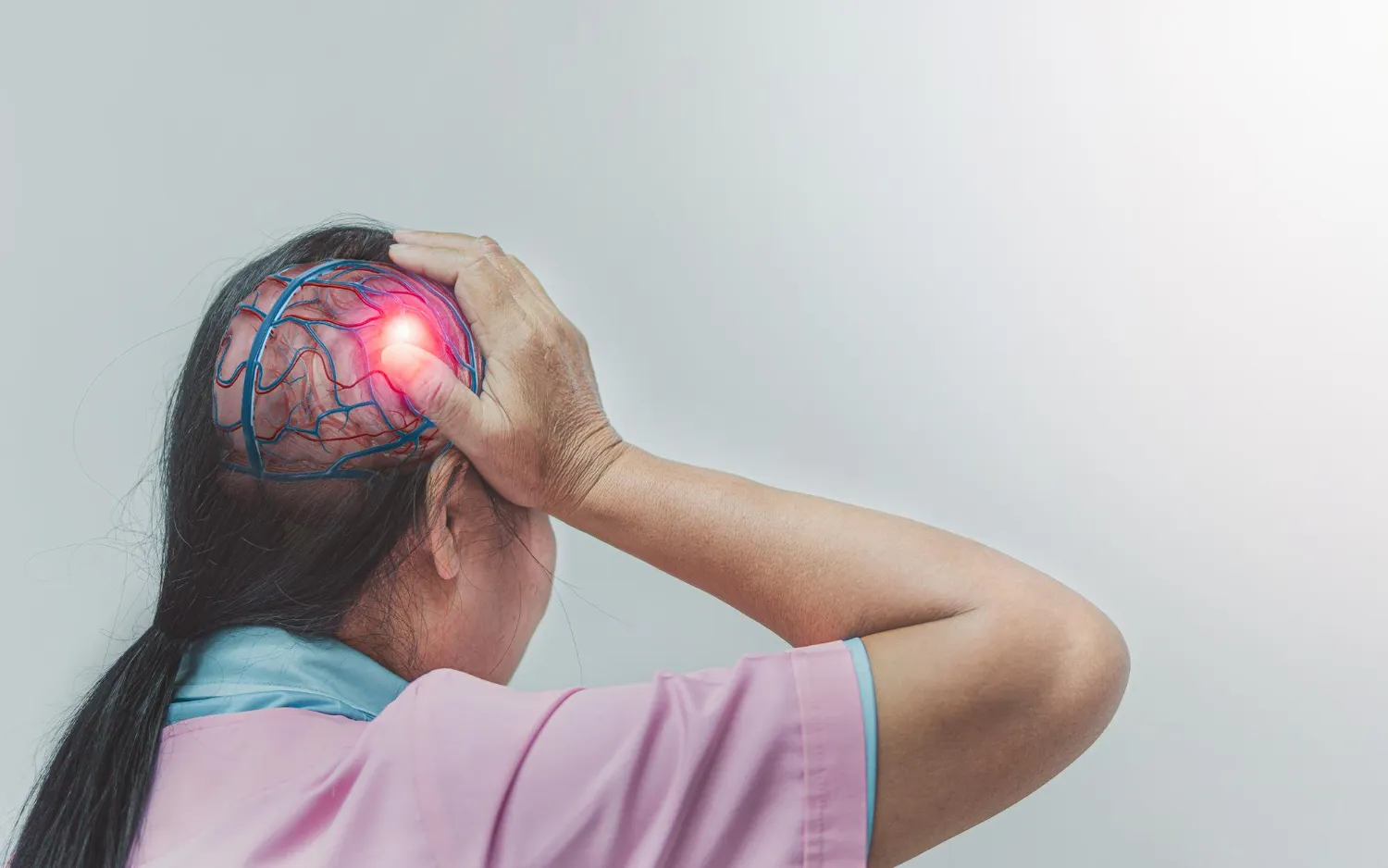
Strokes
A stroke is a medical emergency that occurs when the blood supply to part of the brain is interrupted or severely reduced, leading to brain tissue damage. There are two primary types of strokes:
Ischemic Stroke: This is the most common type of stroke, accounting for about 87% of cases. It occurs when a blood clot or plaque narrows or blocks an artery that supplies blood to the brain.
Hemorrhagic Stroke: This type of stroke occurs when a blood vessel in the brain ruptures or leaks, leading to bleeding in or around the brain. While thrombosis involves the formation of a blood clot within a blood vessel, a hemorrhagic stroke involves bleeding from a ruptured blood vessel.
Symptoms of Stroke
The symptoms of a stroke can vary depending on the area of the brain affected and the extent of the damage. Remember the acronym FAST for recognizing stroke symptoms:
Face Drooping: One side of the face may droop or become numb. Ask the person to smile, and see if one side of their face is uneven.
Arm Weakness: One arm may become weak or numb. Ask the person to raise both arms and see if one arm drifts downward.
Speech Difficulty: Speech may become slurred, or the person may have trouble speaking or understanding what is said to them.
Time to Call 911: If you observe any of these signs, it's crucial to call for emergency medical help immediately.
Other common symptoms of stroke include:
- Sudden severe headache with no known cause.
- Trouble walking or maintaining balance and coordination.
- Sudden confusion or difficulty understanding.
- Vision problems, such as double vision or loss of vision in one or both eyes.
- Dizziness or loss of consciousness.
Differences between Stroke and Thrombosis
While thrombosis and stroke both involve issues with blood flow, they are distinct conditions. Thrombosis refers specifically to the formation of blood clots within blood vessels. It can occur in veins (resulting in deep vein thrombosis) or arteries (leading to arterial thrombosis). Stroke is a broader term encompassing both ischemic strokes (caused by a blockage) and hemorrhagic strokes (caused by bleeding). Stroke refers to the sudden loss of blood flow to part of the brain.
In summary, while they share a connection to the circulatory system, thrombosis and stroke are different conditions with distinct causes, mechanisms, and symptoms. Both, however, require immediate medical attention for the best chance of recovery. If you suspect someone is having a stroke, call for emergency medical assistance right away.
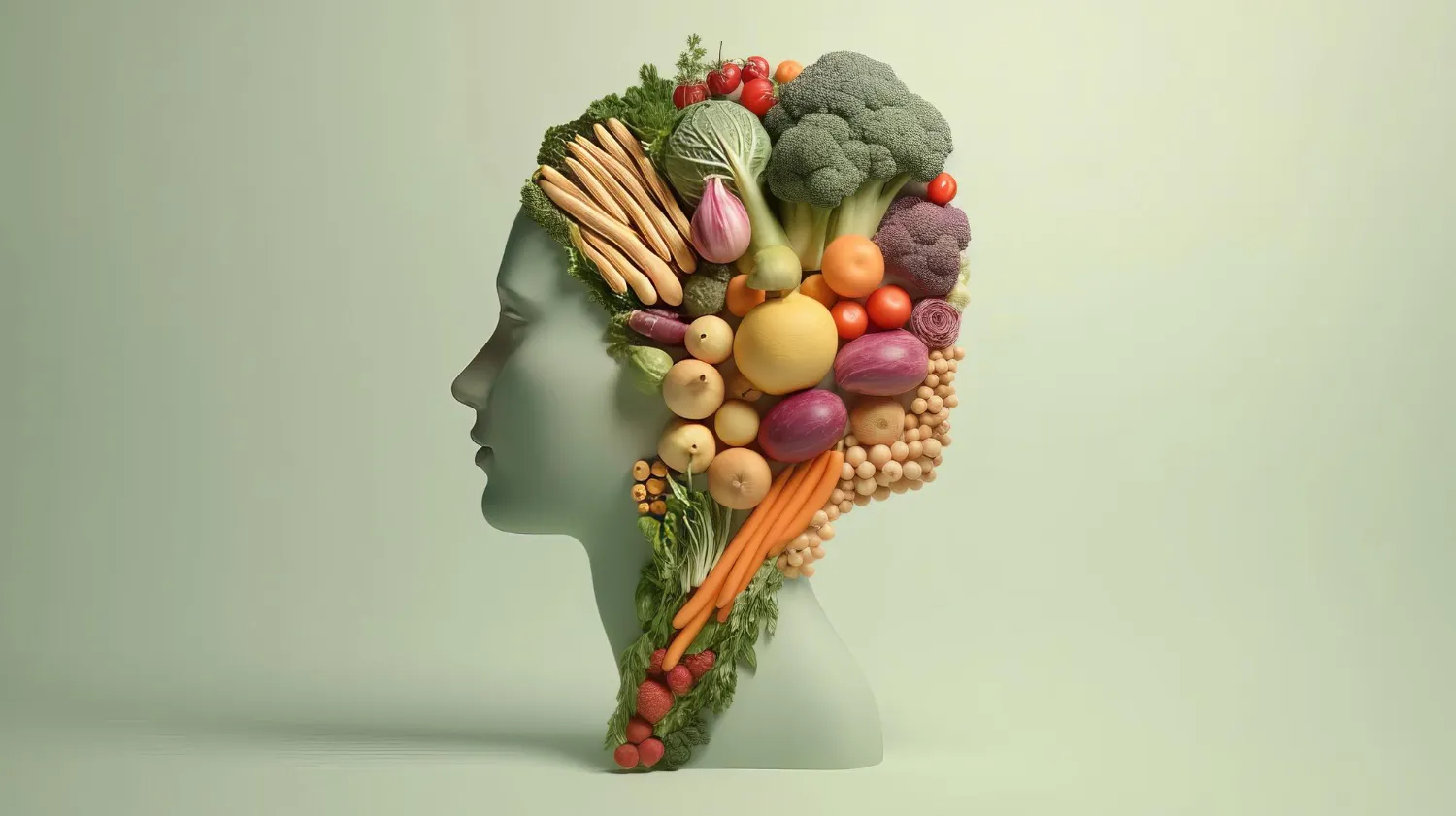
Assessing Your Risk
Incorporate the practices below in order to regularly assess and elevate your risk. By being mindful of your overall health, you take significant steps towards reducing your risk of thrombosis and strokes.
Know Your Family History: Understanding any family history of thrombosis or strokes can provide valuable insights into your own risk factors.
Regular Check-Ups: Consistent visits to your healthcare provider can help monitor and manage potential risk factors.
Maintain a Balanced Diet: Prioritize whole foods, fruits, vegetables, and lean proteins, and limit intake of processed foods, sugars, and saturated fats.
Stay Physically Active: Aim for at least 150 minutes of moderate exercise per week to support cardiovascular health.
Monitor Blood Pressure: Keep an eye on your blood pressure and work with your healthcare provider to maintain healthy levels.
Manage Cholesterol Levels: Keep LDL cholesterol (the ‘bad’ cholesterol) in check through diet, exercise, and, if necessary, medication.
Control Blood Sugar Levels: For those with diabetes or at risk for it, monitoring blood sugar levels is crucial.
Avoid Smoking and Excessive Alcohol: Both smoking and excessive alcohol consumption are significant risk factors for thrombosis and strokes.
Prioritize Stress Management: Practice relaxation techniques, and mindfulness, or engage in activities that help alleviate stress.
Stay Hydrated: Proper hydration supports healthy blood flow and circulation.
Maintain a Healthy Weight: Achieving and maintaining a healthy body weight reduces strain on the cardiovascular system.
Know the Warning Signs: Familiarize yourself with the signs and symptoms of thrombosis and strokes, and seek immediate medical attention if you suspect any.

Prevention and Lifestyle Changes
The steps we can take should not be drastic overhauls, but rather a series of mindful choices. Opting for nutrient-dense meals, engaging in regular physical activity, and adopting stress-reducing practices can make a world of difference.
A supportive community and a reliable healthcare team can be invaluable allies. There are also numerous resources available at our fingertips, from informative websites to local organizations dedicated to midlife health.
But most of all, remember that this post includes general information only, now it is time to do your own due diligence and seek further information and most importantly consult with a healthcare professional for personalized advice based on your specific circumstances.

